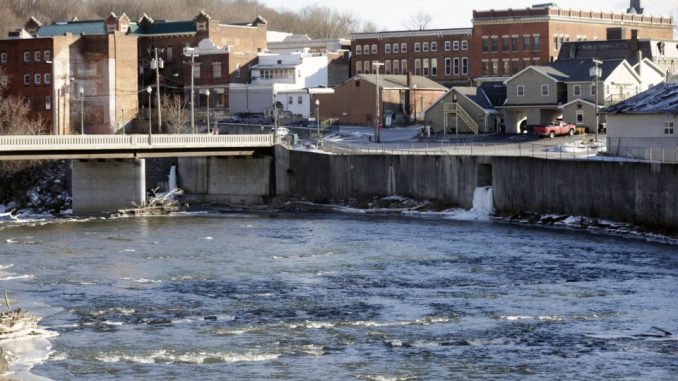
Many residents of Hoosick Falls were relieved to hear that their water was declared safe on March 30, 2016.
After a contamination scare began in August 2014, which intensified when the Environmental Protection Agency warned against using the water, most assumed that this ended the town’s difficulties.
Hoosick Falls remained in the public spotlight as recently as last September, when efforts to assign blame for the situation created an impasse between three government agencies at the state and federal levels.
“The State Department of Health, as well as the Department of Environmental Conservation, are the ones primarily responsible in this case. The EPA also has a role,” said Scott Minkoff, an assistant professor in SUNY New Paltz’s political science department.
In early September, local newspapers and news stations reported that the contaminated areas in Hoosick Falls were proposed by the EPA to be reclassified as a “Superfund” site.
“Superfund sites usually get additional federal resources aimed at hazardous waste cleanup,” explained Minkoff.
Government investigators agree that the source of the contamination was a plant owned by Saint-Gobain Performance Plastics. Specific contaminants found in the town’s groundwater include dichloroethylene, vinyl chloride and perfluorooctanoic acid, or PFOA; the latter two are carcinogens and all three are hazardous to human life in some form.
Yet the town’s representatives insist that the problem was worsened by government negligence, and that Saint-Gobain Performance Plastics isn’t solely responsible.
“It took over a year for state officials to respond and tell the community not to drink the water. The state acted only after the EPA made a similar recommendation,” said Minkoff. “The state is, in part, blaming the EPA for not being clearer about what its guidelines are.”
In a crisis that lasted 19 months, required the coordination of water deliveries and containment procedures and contaminated the municipal water of an entire village, liability could prove to be highly damaging.
“The back and forth this time seems to be really focused on whether [the] State acted quickly enough and whether its delay was due to a slow response from the EPA,” he added. “I don’t have enough information to say who should or should not take responsibility, [but] I would say the shoving match between the state and the federal government does not look good.”
Government branches and jurisdictions play a role where involved politicians place their loyalties. According to Minkoff, the mayor of Hoosick Falls supports the Department of Health because they are both a part of the state’s Executive Branch. Meanwhile, federal representatives and senators have gotten involved by asking national agencies, such as the Center for Disease Control, to intervene in the situation.
In the struggle to hold government accountable for negligence, Minkoff said that one offender has been relatively ignored. “Very little attention has been placed on the plant itself and its responsibility in this matter. However, if there are lawsuits down the line they could be seeking damages from Saint-Gobain,” he said.
